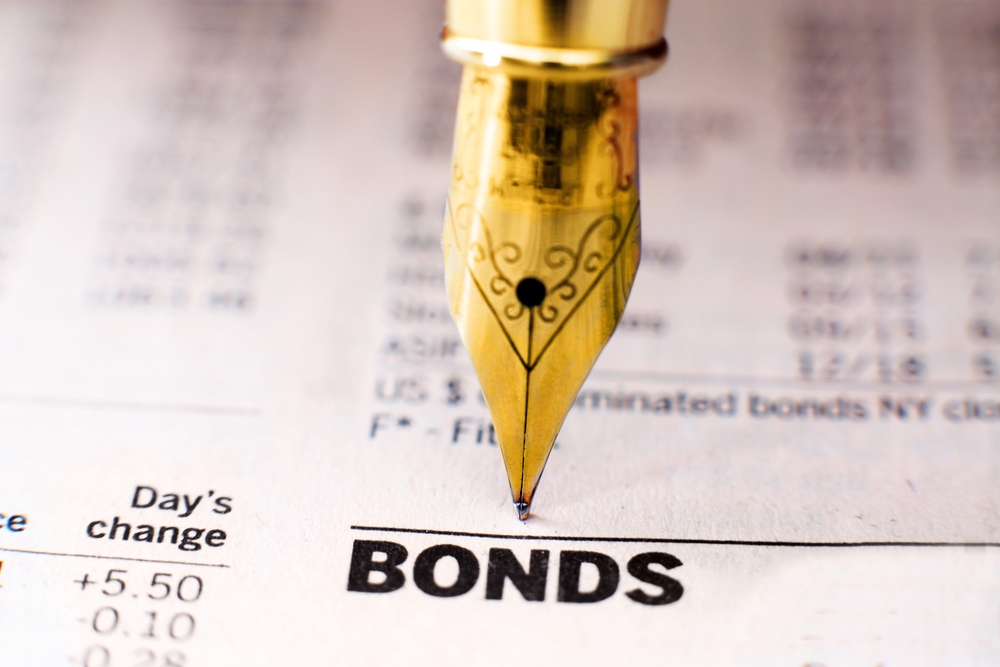Wednesday Wealth Recap
- Time prices are an excellent way to measure increases or decreases in abundance over time. And Alexander Green notes it’s another reason Americans are richer than ever…
- Today over 1 billion people in the world drink coffee. That makes it the most widely used psychoactive substance. This presents an interesting buying opportunity, according to Nicholas Vardy.
- Founder of Manward Press Andy Snyder says the energy sector is in play like never before. Once the home of “set it and forget it” strategies, energy has quickly become the profitable playground of fast-moving traders.
Prior to this year – with the exception of the COVID-19 crash, from which we recovered almost immediately – we were in a 12-year bull market.
And there’s nothing like a long bull market to make investors overly optimistic and let their accounts get out of whack, packed to the brim with stocks, especially risky ones.
During this particular bull market that featured rock-bottom interest rates, it was easy to ignore bonds as an important part of your portfolio because they barely paid any interest.
While interest rates are still low, they are beginning to normalize and bonds are paying more attractive rates, so it’s vital to include bonds in your portfolio to provide some ballast in market drops (as well as earn some income).
You wouldn’t eat pizza and fast food for every meal. It might taste good, but eventually your body would betray you. You need to include some fruits and vegetables.
Same thing goes for your portfolio. Not that bonds are the financial equivalent of Brussels sprouts – you can actually make good money on bonds while receiving income along the way.
But bonds do provide much-needed balance in a stock-heavy portfolio. This year’s market action taught us that.
This month, the S&P 500 is down 3.5%. So far in the third quarter, the S&P Investment Grade Corporate Bond Index is up 0.8%. The S&P U.S. High Yield Corporate Bond Index has performed even better, returning 3.6% at the time of this writing.
I’ve talked to a lot of people – particularly in the early part of the summer, before the stock market bounced – who flat-out refused to open their brokerage statements.
That suggests they own too many stocks and were taking a beating. Bonds can smooth out those volatile returns and make it less painful to look at the numbers.
Then, on the flip side, there are those who check their stocks or their balances all day every day – another warning sign that they’re too heavily invested in stocks.
Bond prices move too. But you own bonds for a very different reason than you own stocks.
Even if you’re a long-term investor, at some point you’ll sell your stock, and you want that stock’s price to be higher than it was when you bought it.
When you buy a bond, sure, you could make a nice profit if the price goes higher. But you only have to sell at the maturity date, and you know exactly how much you’ll receive for your bond (usually $1,000) at maturity.
That means you really don’t care where the bond is trading today because you know exactly what it will be worth the day it matures.
This makes it a lot easier to not worry about that part of your portfolio. (I don’t know many bond investors who check the prices of their bonds every day.)
So if every stock market drop makes you feel like you’re a small boat in rough seas, you have too much of your portfolio allocated to stocks and not enough – if any – to bonds.
When I was 25 years old, I didn’t own any bonds. I didn’t need to. I had decades to make up any stock losses. My time horizon has shortened considerably since then.
I still own stocks. I’m the dividend guy, after all. And I still speculate. But my long-term portfolio most definitely has bonds in it. That way I know that no matter what is going on in the stock market, a portion of my wealth is protected and is generating income.
The older I get, the more I will allocate to bonds because I’ll be moving from a growth mindset to a safety and income mindset.
Unless you’re 25, it’s crazy not to own bonds – especially coming off a 12-year bull market.
Good investing,
Marc
